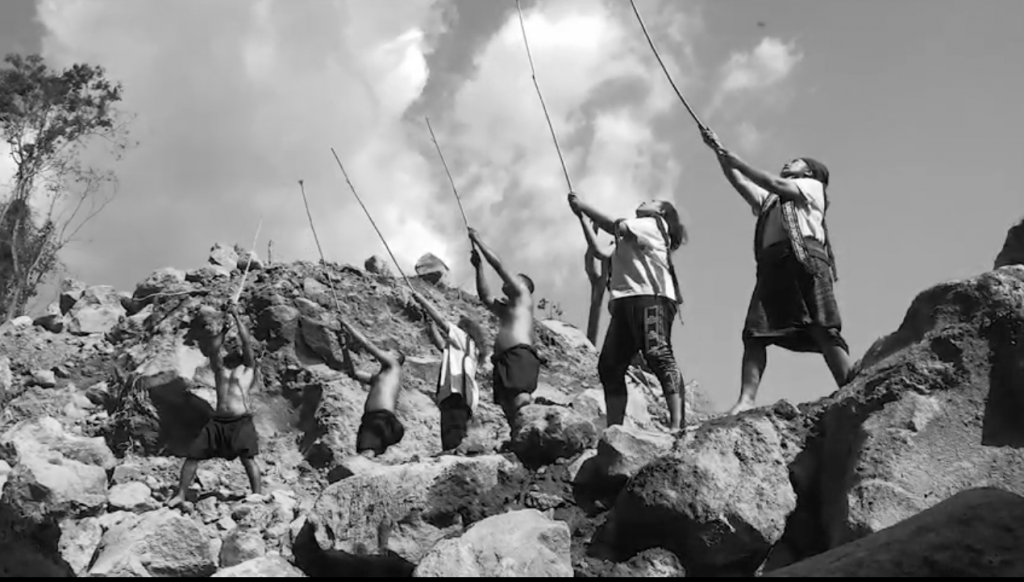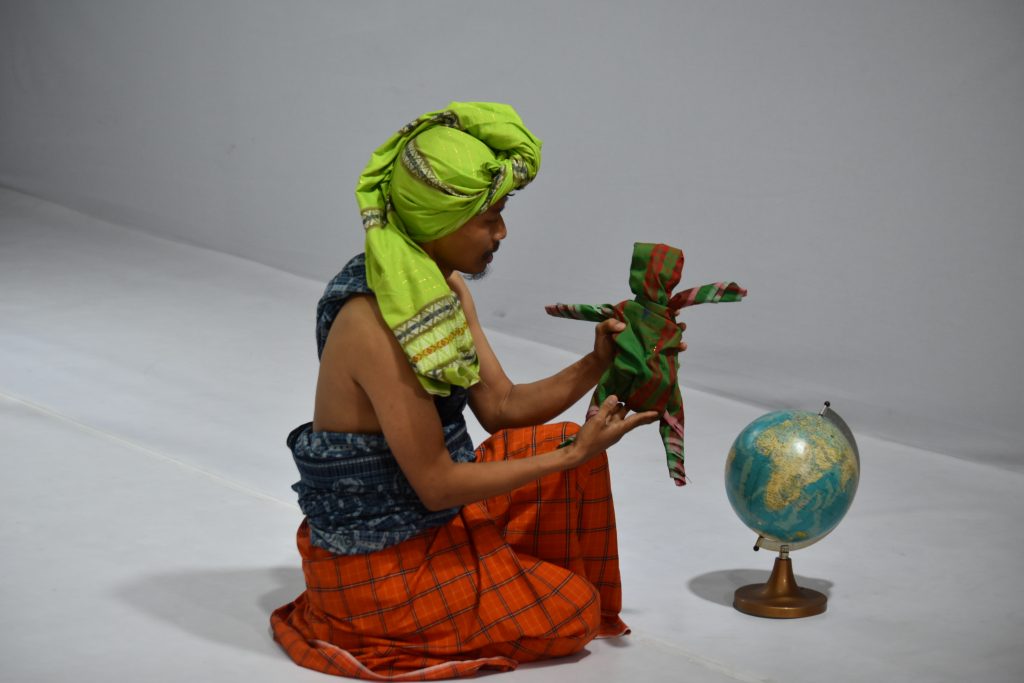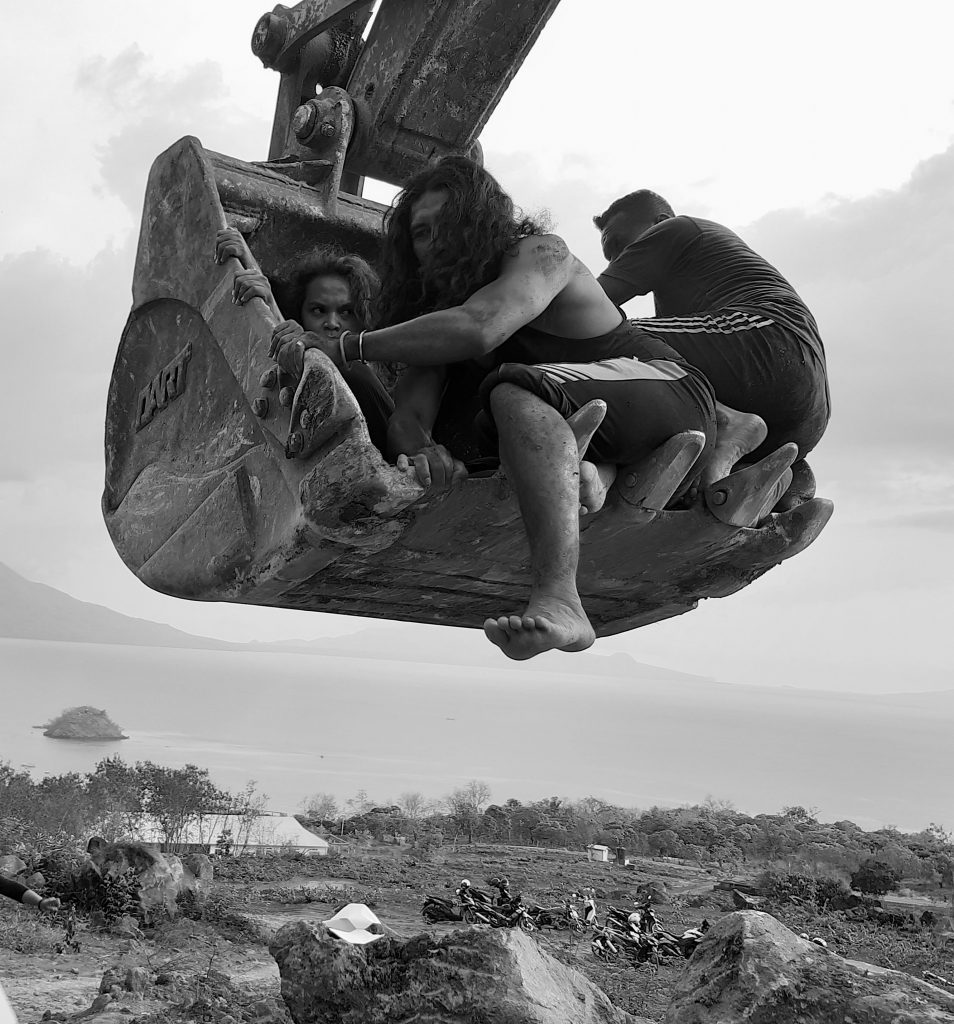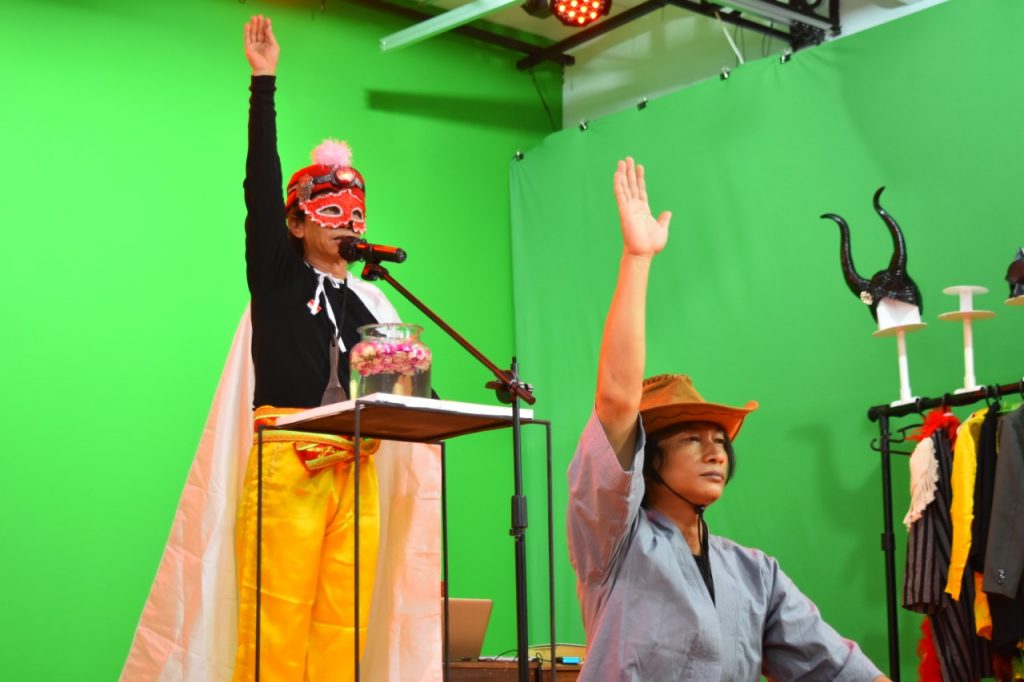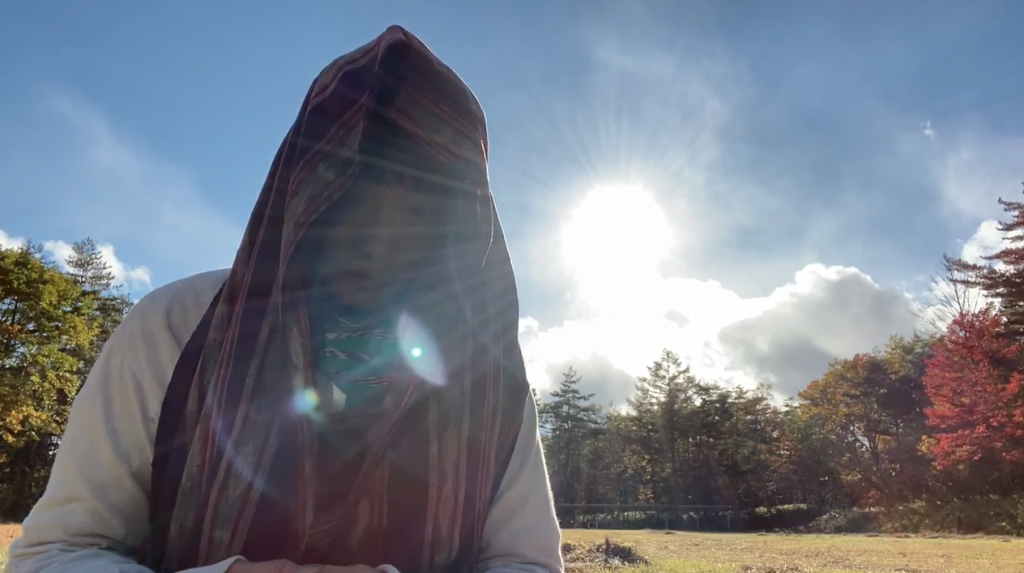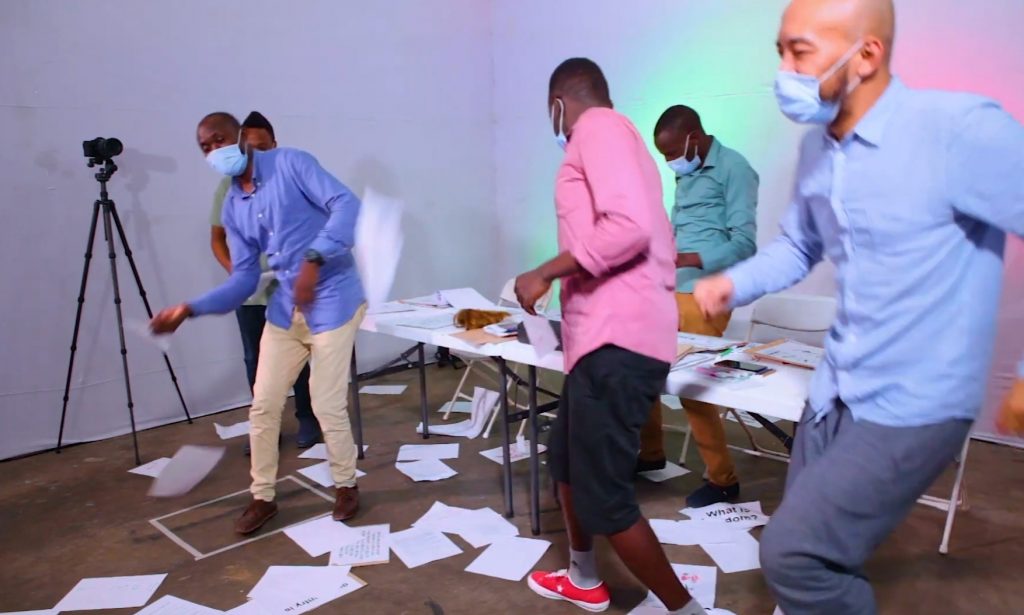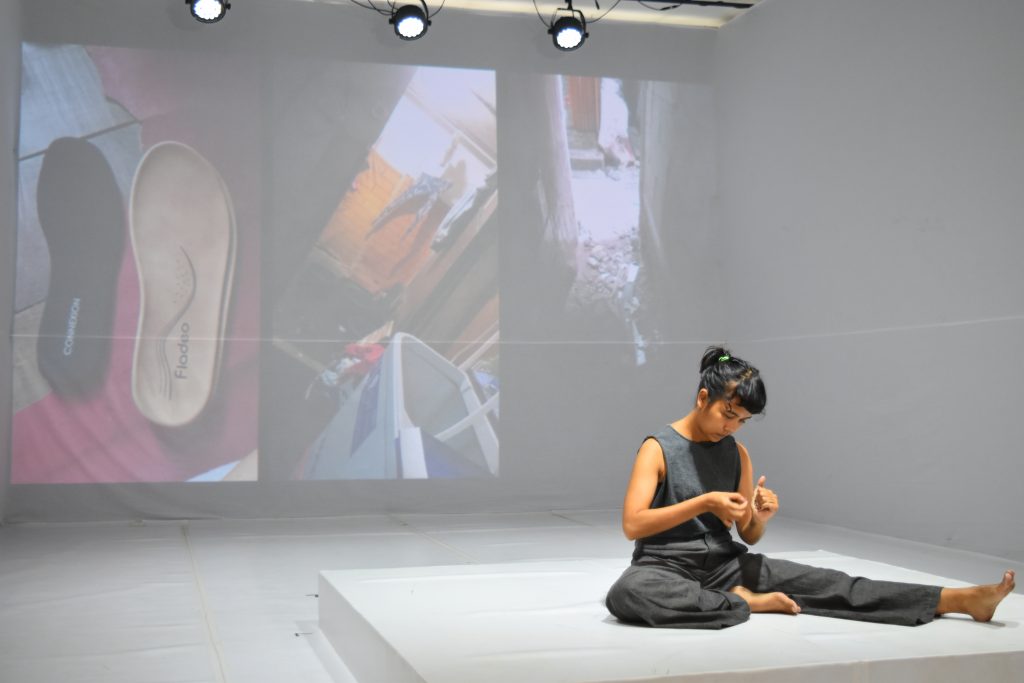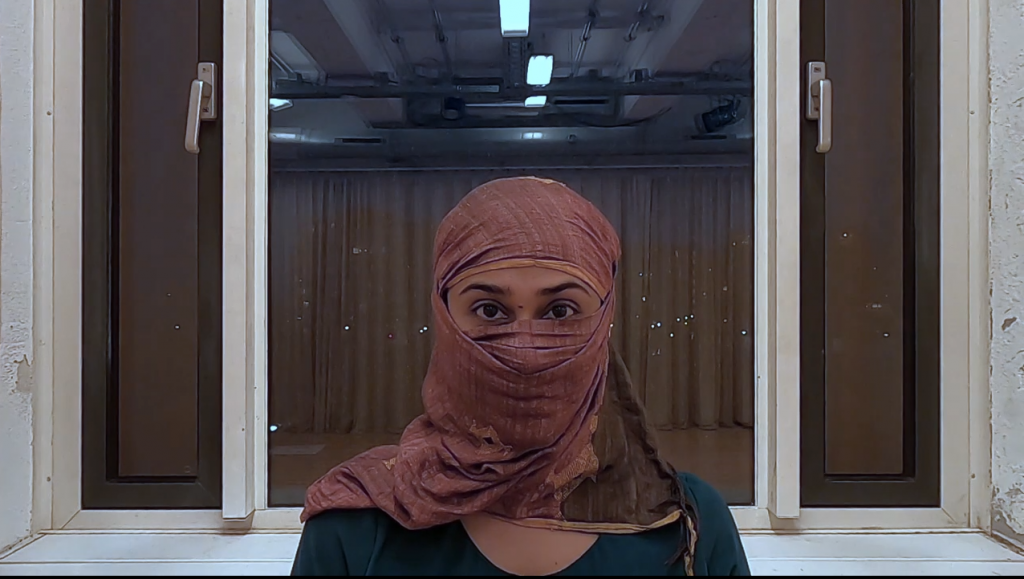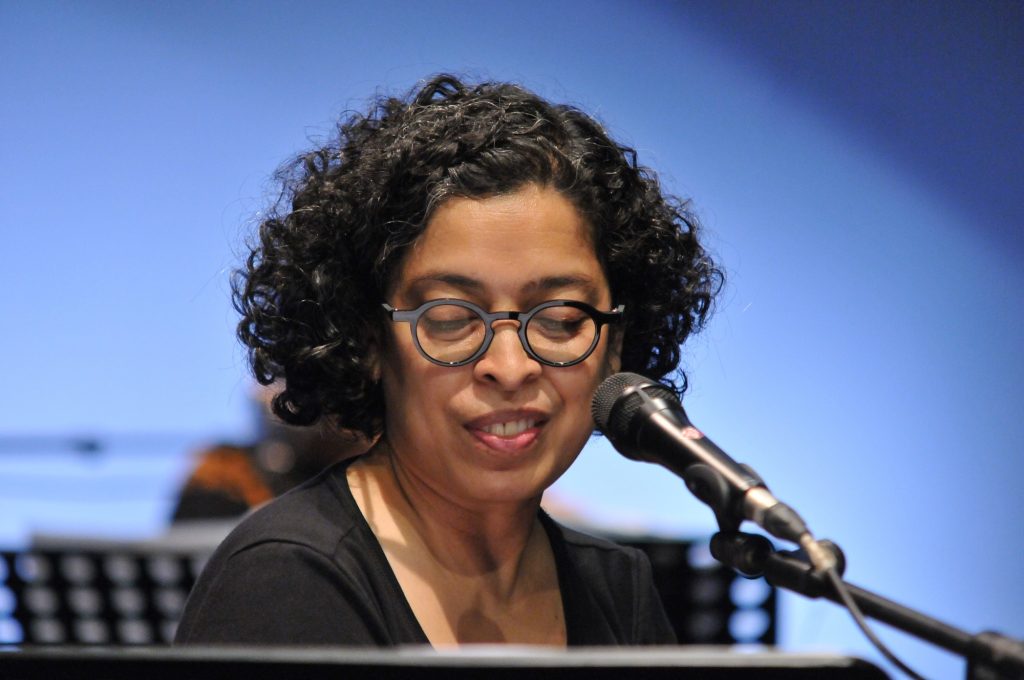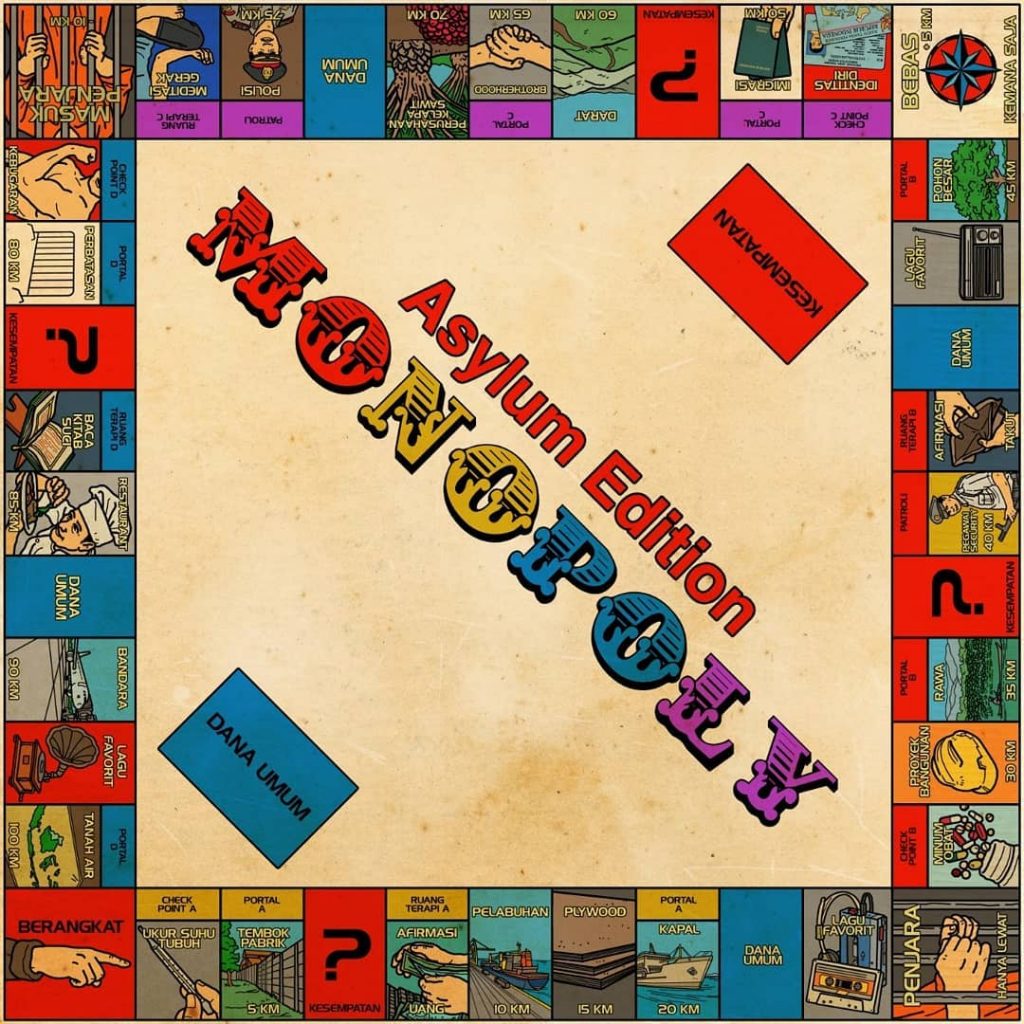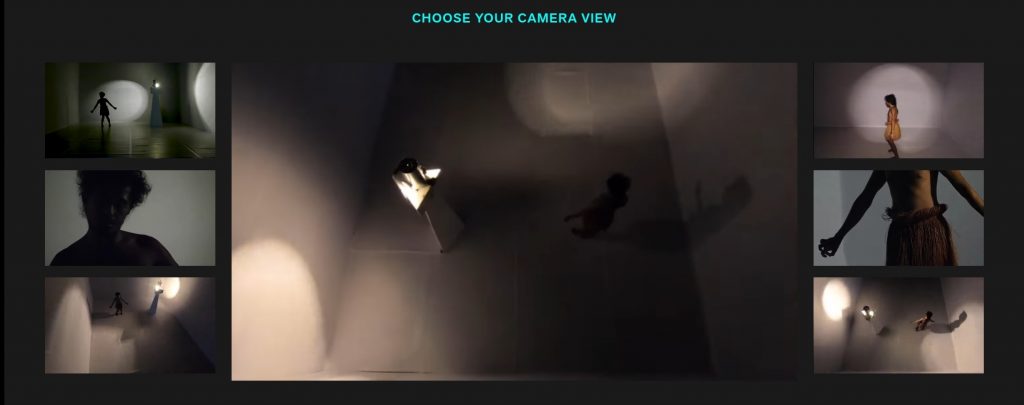This is an update to:
Multitude of Peer Gynts
Multitude of Peer Gynts
In Ibsen’s storyline, Huhu is less than a minor character, appearing as a glimpse of the restlessly exotic and cacophonic other. By the time Peer Gynt became Huhu’s peer in a mental asylum, somewhere in Cairo, he had been everything –a frontier capitalist, a prophet, arguably an exotic belly-dancer, and undoubtedly a historian. Huhu had been no one when he met Peer Gynt, devoid of his own tongue and language. In this storyline(s), Huhu is everyone.
Scouring the world of the 21st century from all corners of the world, Huhu is Peer Gynt as he is dining with his fellow capitalists, as he becomes a messiah, or as he is trying to go home. Huhu is Solveig as she perpetually waits.
Huhu could also be anyone who is stuck in a lockdown; traveling in her mind when her body is a cage.
Stage A: Land, Belonging, and Empires
Colonial ships dropped anchor on the seashore of an inhabited world of hundreds of years but turned into a frontier overnight. In various permutations, this activity persists until now. One day, someone was awakened in a house that masquerades factories, warzone, and mines.
In Search of the Lost Favourite Song by M. Nur Qomaruddin.
This work departs from renavigating Peer Gynt’s journey from the viewpoint of the Global South. Qomaruddin and a group of refugees from Sudan built their work by exchanging their traveling direction. On the one side, Qomaruddin was habituated to dream of traveling to the Arabian Peninsula due to his Islamic school education since his childhood. On the other hand, his refugee friends from Sudan are experiencing the violent realities of forced-migration that have taken them to Jakarta in late 2017.
TANA TANI/Land of Sorrow by East Flores Theatre Collective.
Tanah Duka (Tana Tani in Lamaholot language) is a story about Peer Gynt as a Lamaholot person of East Flores, an islands group in the southeastern part of Indonesia.
In Act 5, Peer Gynt is a native (ata ile jadi) who is returning back to his hometown after a long journey. But the situation has changed. The people of his village already believed more in the dream of prosperity as promised by the new capitalist masters and the sermons of heavenly religious bliss. In defeat, Peer Gynt is carrying a nuba nara stone (a ritual stone of Lamaholot, the indigenous religion of East Flores). As time goes on, it is proven that the village community was a victim of exploitation. Their village has been evicted. Prices of coffee, copra, cashew are monopolized and controlled. They go around looking for the missing Peer Gynt. They found him lying with the nuba nara stone, helplessly digging a hole. The people are holding on the hope and joy to rebuild their hometown with him, free from the clutches of the capitalist venture. But the capitalist power had taken the shape of a giant machine, exploiting and crushing anyone who tries to oppose their system and their laws of dependence. Meanwhile, the clergy-men wash their hands and watch from a distance.
On the Origin(s) of Huhu by Abdi Karya.
Abdi uncovers the mystery of a mysterious character named Huhu in the Peer Gynt story. Coming from a place where primal-voice was erased, Huhu was trapped in a long journey that takes him to a mental hospital in Cairo. Several clues from Huhu monologue took Abdi’s search from Egypt to return to his home in the Bugis region of South Sulawesi.
Stage B: Labor, Mobility, and Empires.
The search for frontiers has taught us that the domination of a place must be followed by the domination of production-relation to allow the place to live as space. A person finds herself having to be awake because sleeping time is overseen by working hours. Someone finds herself having to be awake because her body is a factory, a warzone, and a mine.
Monopoly: Asylum Edition by Andreas Ari Dwianto.
Ari Dwianto’s work departs from imagining a game that someone spends playing in the isolation room. Departing from re-reading the end of Act 4 of Peer Gynt, when the main character is trapped in a madhouse, Ari focuses on a visible crack in the original script. That is, Ibsen’s decision to never clearly explains how Peer Gynt got out of the hospital. Ari mirrors the story of Peer Gynt in 19th century Egypt with the story of a migrant worker who is looking for his way back from Malaysia to Indonesia.
How the Ghost Worker is Dancing in Your Shoes by Arsita Iswardhani.
Arsita departs from a close reading of Solveig, a character described in Ibsen’s script as a figure who faithfully awaits Peer Gynt’s return home. She spent decades sewing until she turned blind and frail. By focusing on this seemingly passive activity, Arsita uncovers the map of production-relation that was overlooked in Solveig’s time and continued to be marginalized until today, specifically the world of fashion industry workers and the world of ghost-workers. Studying the physical repertoire of ghost workers in several cities in Java, Arsita reenacts and embodies the choreography of labor submerged and eventually disappeared in wearable modern commodities.
Stage C : Othering, Messianism and Empires.
In a world that is shrinking and resources diminishing, we exchange glances. Exchange, as the currency market teaches us, is always uneven. Those who have the right to stare and control the gaze is the one who controls the exchange. In that labyrinth, one could awake and faithfully propose a tower of gaze. Even if there is no emergency exit, someone else can suddenly wake up and decide to sell a way out.
On Gaze and Anonymity (or See You Don’t See Me) by Venuri Perera.
Venuri Perera’s performance-lecture departs from her long experiential investigation on anonymous situations in public space as a negotiation towards the social construction of gaze. Venuri’s brought the experiment as she joined the collaborative work for the Multitude of Peer Gynts project in early 2019, as she initially sought to understand the universe of Huhu and Anitra. In this lecture, from Colombo to Amsterdam, Venuri invites us to question how anonymity can never be separated from the construction of views on gender, race, language, cultural politics, and colonialism.
Dancing with the Minotaur by Darlane Litaay.
Darlane Litaay’s dance piece questions how the body as a social object is dealing with visual control and strict surveillance – a method that guarantees greater social domination. Reading Huhu and the subjects in the mental institutions as a metaphor for institutional control, Darlane underlines how spaces that are continuously being surveilled are transformed into border spaces. Houses and hometowns, such as his own in Papua, as they were turned into a zone of vision, are impoverished from the warmth to become a site of terror. Darlene approaches the notion of mobility by underlining how homes, residences, and immobile places, have become constantly moving – the subjects in these spaces are being chased and forced to run.
The Messiah for Dummies by Gunawan Maryanto.
Gunawan Maryanto’s modular work is founded on the aspect of messianism – Peer Gynt as a messiah/prophet – which continuously appear in Peer Gynt’s storyline, starting from the individuality of Peer Gyntism that he heralded, to prophetic episodes when he encountered a nomadic tribe under Anitra’s leadership, to the thoughts he unwrapped as he faced the end of his life. Gunawan chose to place messianism under a microscopic lens.
Stage D: Poetic, Senses, and Empires.
Between the repetitive, reflective, and crystallizing storylines, there are always those who seek to escape from language. Someone may suddenly choose not to fully awaken but instead begin to capture her dreams and fragments of experience as an anthology of pictures, vibrations, and impressions.
Aase’s Dreams by Micari.
Uncovering the world of Aase – Peer Gynt’s mother at the end of her life-, Micari departs from an effort to collect images of Aase’s fractured dreams. This anthology of Aase’s dreams invites us to peek at her seemingly unconnected thoughts and emotions as her end is near. These dreams are witchcraft and bewitching, like spells muttered not by language but scattered imageries.
Huhu’s UrSound by Yasuhiro Morinaga and Nyak Ina Raseuki.
Huhu mentioned in his monologue that UrSound or the primordial sounds of his native environment had long since erased. The collaborative work of the two musicians departs from an effort to reconstruct the lost primal sound. Instead of imagining the primordial sounds of the past, Yasuhiro and Ubiet decided to glean on the primordial from the vibrations of today’s world.
This is a collaborative sound practice between Yasuhiro Morinaga and Ubiet (Nyak Ina Raseuki). The sound works in «Huhu’s UrSound» is to realize the sonic narrative followed by the time scope of Peer Gynt’s diegetic world as well as a spacious soundscape of the non-diegetic world of Peer Gynt. Who is Huhu? Huhu can be anyone or anything in this sound works. So, as you listen to the sound from the beginning to the end, the various sonic characters would allow you to feel the ontology of Huhu itself but you would never recognize who or what Huhu is. The acousmatic voice will let you revolve around the world of Huhu’s point of view.
